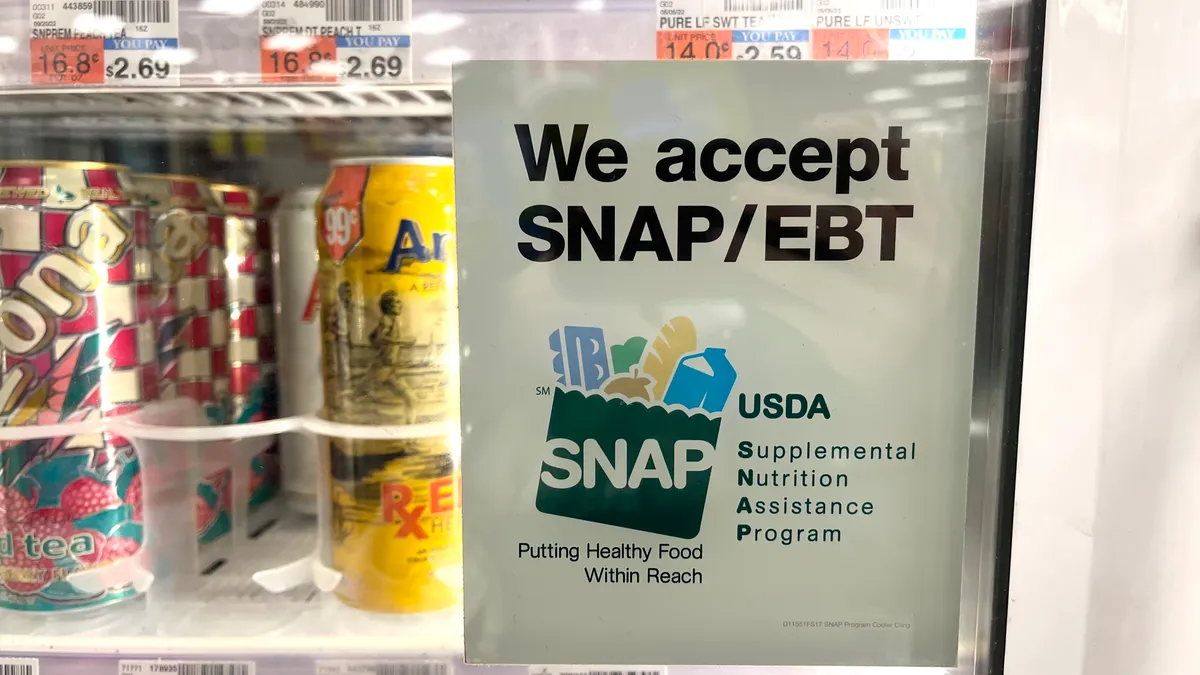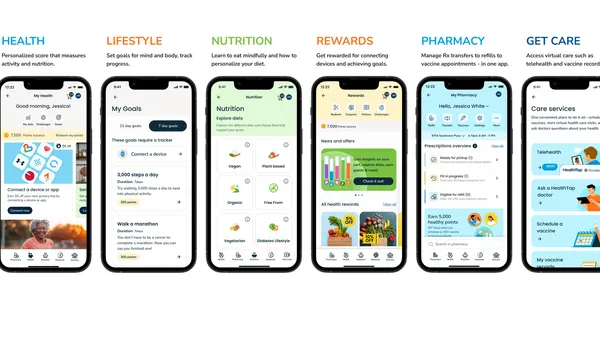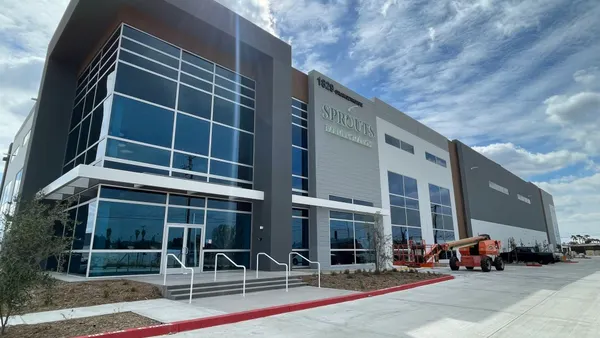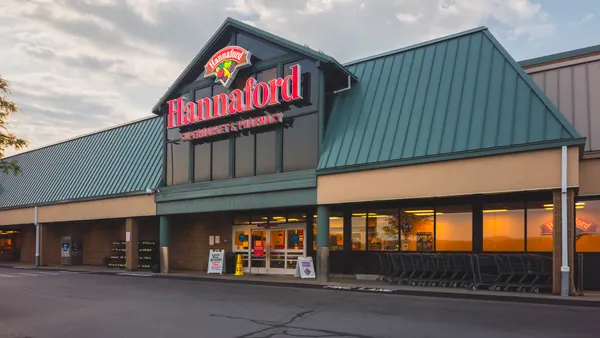Dive Brief:
- The recent end to emergency SNAP allotments is estimated to reduce SNAP payments by $35 billion to $40 billion annually, lowering retailers’ top-line growth in 2023, according to a new report from Moody's Investors Service, a business that provides credit ratings, research and risk analysis.
- Food retailers, given their strength in the industry, are “well positioned” to withstand this change, Moody’s reported, noting other retail sectors will feel the hit more.
- “We expect the overall impact of lower SNAP benefits to reverberate beyond grocery retail as strapped consumers shift spending from non-discretionary categories such as apparel to essentials like food,” according to Moody’s.
Dive Insight:
SNAP benefits accounted for roughly 12% of food and beverage sales in 2022, per data from the Department of Commerce cited by Moody’s. The Center on Budget and Policy Priorities estimated that SNAP spending would fall by $3 billion per month starting in March — a more than 25% reduction — due to the temporary pandemic-related boost to SNAP benefits nationwide.
“The loss of emergency benefits comes at a particularly stressful time for consumers, who are already facing rising costs for basic needs, especially food, as the US economy slows and food inflation stays stubbornly high,” Moody’s noted.
Grocers will be the bright spot as the broader retail sector faces a negative outlook with the lowered SNAP benefit amounts, Moody’s reported.
“Since lower income consumers have a fixed amount of disposable income they will have to fill in the gap of lower SNAP benefits by spending a larger part of their income on food while spending less on other retail categories,” Moody’s noted. “This shift will cause an overall compression in margins for the retail sector as food has lower profit margins compared to other merchandise.”
Retailers like Walmart, which Moody’s estimated has an annual SNAP sales average that tops $20 billion, likely will see their margins continue to face pressure as higher food sales steal spend from other merchandise.
Grocers, on the other hand, can expect a sales increase between 3% to 4%, mainly due to higher prices, and a roughly 1% boost to their earnings this year, with trade downs to higher margin private label offset by higher labor and occupancy costs, per Moody’s estimates.
The firm noted the rise of SNAP online purchasing and recent improvements to private label have helped grocers appeal to SNAP participants and stand out from their competitors. Private label that offers consumers less expensive alternatives likely will remain key to attracting consumer seeking to lower their grocery bills, according to Moody’s. Many grocers also have repaid debts and strengthened their balance sheets, improving their financial standings, the report noted.
Grocers continue to benefit from the at-home eating trend that ramped up due to COVID-19-related health concerns and restrictions and now has pivoted into a cost-saving measure amid high food inflation and higher costs of dining out. The ongoing popularity of hybrid work and high inflation steering consumers to focus on food and other essentials instead of discretionary spending are also factors in grocers’ favor, according to Moody’s.
Meanwhile, SNAP participants received a 12.5% cost-of-living adjustment in October to help offset inflation, Moody’s noted, adding that will not fully cover the loss of emergency SNAP benefits for food retailers but will ease revenue losses.
Along with predictions on the impact the end of the emergency SNAP allotments will have on sales in the retail sector, the Moody’s report also delved into how SNAP participants spend their benefits. Roughly 40% redeem their benefits at traditional supermarkets, while 53% shop at superstores and 6% at convenience stores, per USDA data cited in the report.












